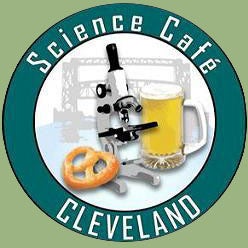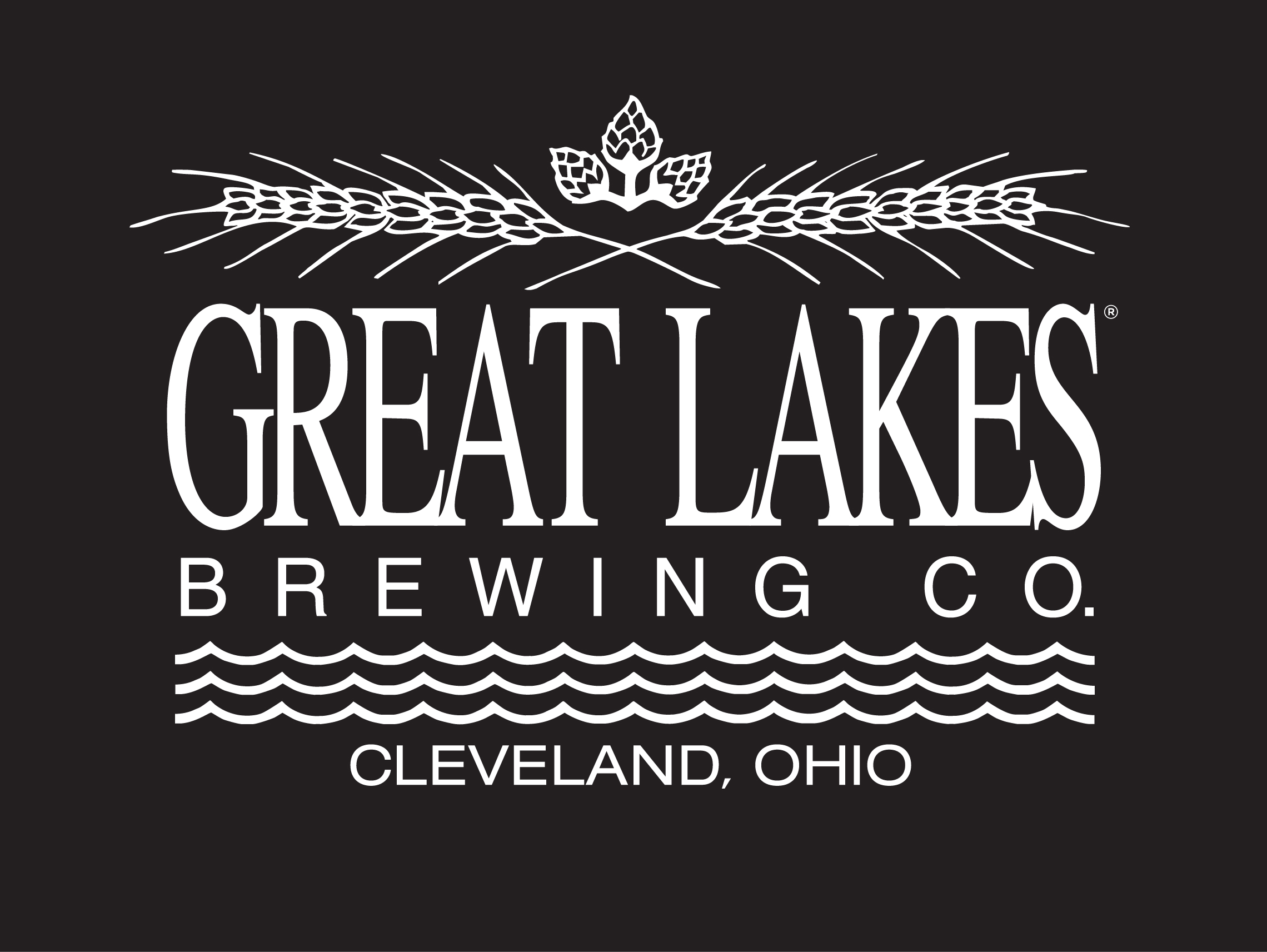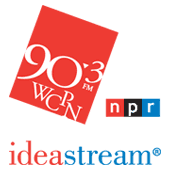Science Café Cleveland presents
"Our Radioactive World: Putting Fukushima in Perspective"
MARCH 12, 2012
FEATURING:
Kathleen Farhang, BS
Peter Faulhaber, MD
Raymond F. Muzic, Jr., PhD
Nancy Oleinick, PhD
Pejavar Sridhar Rao, PhD
EVENT INFORMATION:
On March 11, 2011 a 9.0 magnitude earthquake produced a tsunami that hit the Fukushima Daiichi nuclear power plant and caused nuclear meltdowns and release of radioactive materials. The release was about was about twelve-thousand times greater than that of the Three Mile Island (March 1979) incident and about one seventh of that in the Chernobyl disaster (April 1986). Although three workers died from the Fukushima disaster, there were no immediate deaths due to radiation exposure. (In comparison, the earthquake and tsunami killed almost 20,000 people.) A 20-km evacuation zone was created and tens of thousands of people were displaced. The immediate concern was the release of I-131 which humans could ingest by drinking milk from cows that eat contaminated grass. Ingested I-131 accumulates in the thyroid where it can damage the thyroid cells’ DNA, potentially causing thyroid cancer, until it has decayed away (with a half-life of 8 days). This is a significant concern for children, who consume more milk and whose thyroids are more radiosensitive than adults. By now, the I-131 has decayed so the concern is the remaining Cs-137 which has a much longer half-life (~30 years). Because Cs-137 emits strong gamma-radiation, it can damage the DNA of people who walk on contaminated ground and if ingested remains in some tissues essentially as long as the person is alive. Even so, the impact on the US population has been negligible. For example, even at its peak (early April), the activity concentration in milk – measured using highly sensitive laboratory instruments – in the San Francisco area was so low that one would have to drink thousands of liters of it to achieve the same radiation exposure as a single round-trip flight from Washington DC to San Diego California. Such exposure is also less than 2% of typical annual background radiation exposure in the US.
What exactly is the annual background level you might ask. It is about 3 mSv in the US. At such low levels the effects, if any, are very small and hard to measure. Some experts consider a linear-no-threshold model; e.g. If an exposure of x has biologic effects y, then an exposure of x/1000 has biologic effects y/1000. Others think that our bodies are adapted to living in an environment with low levels of radiation so that below a certain exposure threshold there is no biologic effect. A few even think that a little radiation may be good. Regardless, most agree that if the effects were not so small, we would could make conclusive statements from available data. This is not possible, though as the experiment would require exposing a very large population to radiation on purpose.
What are the risks of radiation exposure? High level - like radiation workers in Fukushima - could have radiation sickness, cataracts, and even die. These are called deterministic effects. What is far more relevant to all of us is low-level exposure. For these there are no deterministic effects. Rather we think in terms of probabilities (stochastic effects) of getting cancer, for example. Such risk is commonly estimated using the linear-no-threshold model to extrapolate from high doses and this is highly speculative at doses less than 100 mSV, about 40-times the US background. Nevertheless, an example of this sort might forecast that a young person is 10 times as likely to have a fatal car accident than to get cancer, fatal and non fatal, from a CT scan over a 50-year period. Hence, when used wisely, the value of the CT to your health is well-worth the risk.
What are sources of background radiation? These may be broadly classified as from natural sources, approximately 80%, and man-made, approximately 20%. Radon gas accounts for about half of the naturally-occurring and medical accounts for about 80% of the man-made.
Some of our food is naturally radioactive. Bananas are high in potassium some of it it is potassium-40 (even in absence of pollution and contamination). Thus, people have whimsically introduced the concept of banana equivalent dose BED. This is the radiation dose equivalent due to eating one banana. This amounts to about 0.1 microSv. On this scale, background radiation in one year amounts to approximately 30,000 BEDs.
This Science Cafe will introduce the concepts of radiation dose, type of radiation, half-life, and other parameters that must be considered in assessing the risks of exposure to incidents such as the Fukushima event.
ARTICLES/LINKS OF INFORMATION:
American Nuclear Society:
ABOUT THE SPEAKERS:
Kathleen Farhang, BS is president of her class at Case Western Reserve University School of Medicine. She received a BS in bioengineering, magna cum laude, from University of Maryland with citations in the University Honors and Honors Humanities programs. She is interested in pursuing a career in radiology.
Peter Faulhaber, MD is Director of Clinical PET University Hospitals of Cleveland. He has worked in the field of Positron Emission Tomography for 32 years. At University Case Medical Center he was steward of the transition of PET as a research tool to a clinical modality, and finally the transition to PET/CT. His clinical interests include all aspects of PET imaging in oncology, neurology and cardiology. Dr. Faulhaber is particularly interested in patient outcomes based on PET imaging. He has numerous research collaborations with clinical and basic research colleagues in ovarian, prostate and breast cancer, for example. Dr. Faulhaber is involved in the implementation of the new modality PET/MRI at University Hospitals Case Medical Center. He is part of a recent State of Ohio Third Frontier Award in PET/MRI applications in breast cancer. Dr. Faulhaber has a passion for education in PET/CT imaging and lectures nationally and internationally. He began to write podcasts, in partnership with a software company, on PET three years ago, available at clinicalpetcast.com.
Raymond F. Muzic, Jr., PhD is Associate Professor of Radiology, Biomedical Engineering, and General Medical Sciences – Oncology. His degrees are in Biomedical Engineering from Case Western Reserve University. In collaboration with students and other faculty members, Dr. Muzic conducts research in medical imaging with emphasis on positron emission tomography. Three current research areas are developing a method for measuring glucose transport in diabetes, improving the practicality and accuracy of measuring blood flow in the heart, and improving resolution in breast cancer imaging. Dr. Muzic teaches undergraduate and graduate students in Biomedical Engineering and has previously led the Radiology Resident’s Physics didactic program in Radiology. Dr. Muzic is currently the chair of the Radiation Safety Committee at University Hospitals Case Medical Center.
Dr. Nancy Oleinick holds the PhD in biochemistry and is Professor of Radiation Oncology, Biochemistry, Oncology, and Environment Health Sciences and the Joseph T. Wearn, M.D., University Professor of Medicine at Case Western Reserve University School of Medicine. Dr. Oleinick has studied the cellular and molecular consequences of exposure to radiation for many years and has taught radiobiology and evaluation of risks of radiation to students at all levels and to residents at CWRU and elsewhere. She led the Radiation and Cell Stress Program within the Case Comprehensive Cancer Center, bringing together cancer researchers who are interested in effects of radiation and related agents. At the national level, Dr. Oleinick has served on the editorial boards of major journals in the radiation field and on four panels of the National Institutes of Health (NIH) charged with reviewing grant applications in radiation and cancer research. She has also been a member of numerous panels for compiling and evaluating the body of data on radiation effects and carcinogenesis, including the Presidential Advisory Committee on Human Radiation Experiments, the National Academy of Sciences’ Committee on the Biological Effects of Ionizing Radiation, Phase I, and the Veterans Advisory Committee on Environmental Hazards.
Pejavar Sridhar Rao, PhD was the Radiation Safety Officer and Radiological Physicist for University Hospitals of Cleveland from 1980 until 2011. In that capacity he was familiar with the regulations, standards and guidelines governing radiation in the medical field. His expertise included handling radiation sources, measurements of radiation levels, and calculation of radiation dose.
EVENT DETAILS:
WHERE: The Market Garden Brewery
(Located at 1947 West 25th Street next to the West Side Market, Cleveland, Ohio)
WHEN: March 12, 2012
Drinks at 6:30 pm, discussion starts around 7:00 pm
WHO: Sponsored by Case Western Reserve University chapter of Sigma Xi, WCPN
ideastream, and the Market Garden Brewery
Click here to download a pdf of the event flyer






